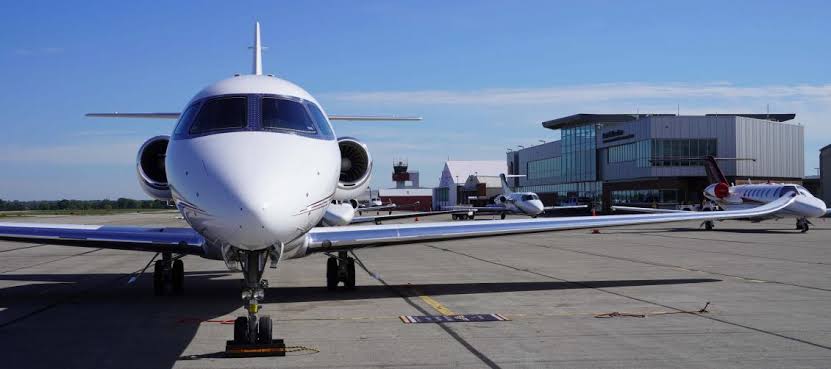Air traffic controllers have come under the spotlight amid a troubling rise in airplane crashes and near-misses, drawing attention to the critical staffing shortage plaguing the profession. This lack of trained personnel has caused major flight disruptions, especially at busy airports like Newark Liberty International, and is a key factor in recent investigations into deadly air incidents, including a January 2025 crash over Washington, D.C.

The shortage stems partly from the rigorous training required to become a controller. The Federal Aviation Administration (FAA) demands only top-tier candidates, but its sole training center in Oklahoma City has struggled to keep pace with demand. The result: a shortfall of around 3,000 controllers nationwide.
To help close the gap, universities are increasingly stepping in. Ohio State University (OSU), for example, is applying to join the FAA’s Collegiate Training Initiative (CTI), a program that currently includes 32 other institutions such as Arizona State University and the Florida Institute of Technology. These schools offer basic air traffic control training, giving graduates a leg up by allowing them to bypass five weeks of FAA Academy coursework.
OSU also plans to introduce a new undergraduate major in aviation with a focus on air traffic control. The school is aiming to join a more advanced FAA program, launched in October 2024, which allows students at select universities to skip the FAA Academy entirely—provided they pass rigorous testing and evaluations. Only five schools currently meet these high standards, including the University of North Dakota, and OSU hopes to join their ranks soon.
Meanwhile, the FAA has unveiled a hiring and retention plan to address the staffing crisis, which includes offering bonuses and raising the mandatory retirement age of 56. Congress is also considering significant funding to modernize outdated FAA systems and support controller hiring efforts.
Allowing universities to train students earlier and more thoroughly could help accelerate the entry of new controllers into the workforce. This approach promises to ease the staffing shortage and ensure safer, more reliable air travel in the increasingly crowded skies.
